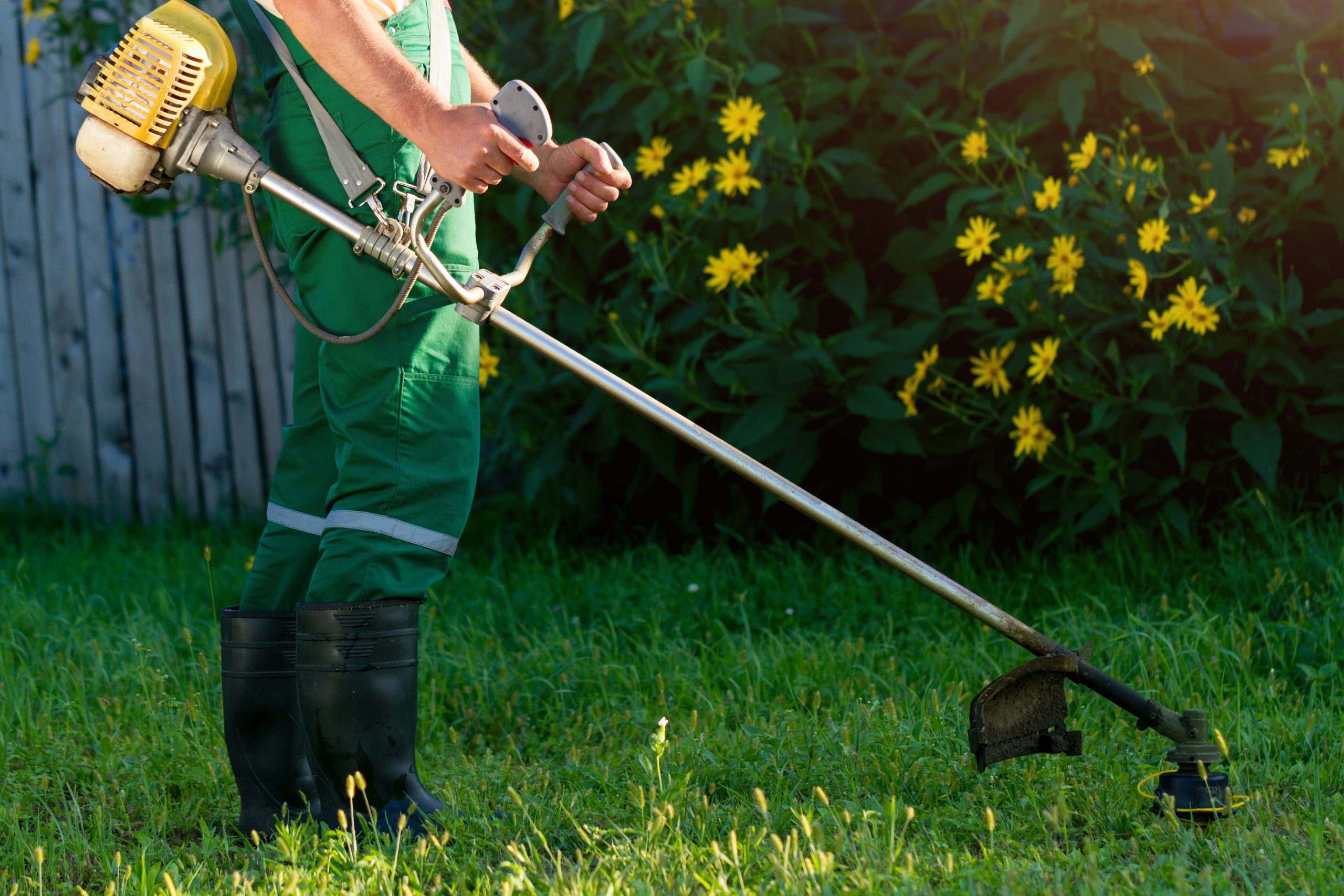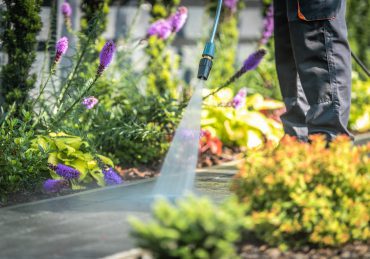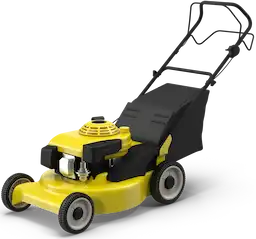When customers complain about the poor quality of their lawn care, it’s often the lawn care provider who takes the blame. More often than not, though, it’s because there were lawn diseases present before the service even began! If you’re struggling with a lawn that just refuses to shape up, there are a few factors you should consider before trying to find a solution.
[su_button url=”https://app.lawnguru.co/register#!/?utm_source=blog&utm_medium=button_cta&utm_campaign=can-you-mow-a-wet-lawn” target=”blank” style=”flat” background=”#99CA3C” size=”20″ center=”yes”]Get A Quote![/su_button]
Many breeds of grass are likely to get a disease when they are subject to extreme temperatures. Warm season grasses will be prone to disease when temperatures are too cold, and cool season grasses are more prone to disease when the weather is too warm. Other risk factors for lawn disease include excessive dryness, overwatering, or lack of sun.
How to Tell if Your Lawn Is Diseased
There are many varieties of lawn disease, and the ones you need to look for will depend on what type of turfgrass makes up your lawn. It’s always a good idea to research your specific grass so you know how to care for your lawn and prevent disease. Some of the most common lawn diseases include:
- Brown patch
- Dollar spot
- Fairy ring
- Leaf spot
- Pythium Blight
- Rust
- Slime mold
You can tell if there are signs of disease in your lawn by any distinctly abnormal patches that appear around your property. If you notice areas of your lawn struggling—ranging in size from several inches to several yards—there is likely a lawn disease to blame. Be aware of any discoloration in your lawn—look out for patches of grass that are reddish-brown, pale yellow-green, shades of pinkish-gray, rusty orange, black, or powdery white. These colors are unnatural in a healthy lawn and are signs that treatment is needed.
How to Prevent Lawn Disease
Sometimes the symptoms of lawn disease don’t show themselves right away, but if you discover that your lawn is ridden with disease, there is no solution other than to treat it. Treatment of lawn diseases can take a lot of time and effort, and it can be a costly endeavor! So, if you can help it, do your best to prevent lawn diseases by:
- Keeping your lawn at an optimal length by mowing routinely
- Watering the right amount for your breed (or breeds) of grass
- Aeration, fertilization, and overseeding as needed
While it’s important to give your lawn the right amount of TLC, it’s also easy for homeowners to try and “over-care” for their lawn. Too much water, the wrong type of fertilizer, or excessive mowing can hurt your lawn and make it more susceptible to disease. Sometimes, too much care is just as bad as too little! It can be a lot to think about, which is why using services like LawnGuru can help make lawn care a lot more manageable.
Need Help? Call LawnGuru!
Lawn disease can be an unsuspected foe to our lawns, and dealing with the disease can be a real headache. LawnGuru is always available to help—whether you’re looking for routine maintenance or just a one-time job. LawnGuru providers are always dedicated to taking care of your lawn the right way so that you can minimize the possibility of lawn disease on your property. Our lawn care specialists can also help you diagnose your lawn, and give you professional advice on what the next step should be. Stop second-guessing and sign up for LawnGuru today!
[su_button url=”https://app.lawnguru.co/register#!/?utm_source=blog&utm_medium=button_cta&utm_campaign=can-you-mow-a-wet-lawn” target=”blank” style=”flat” background=”#99CA3C” size=”20″ center=”yes”]Get A Quote![/su_button]





